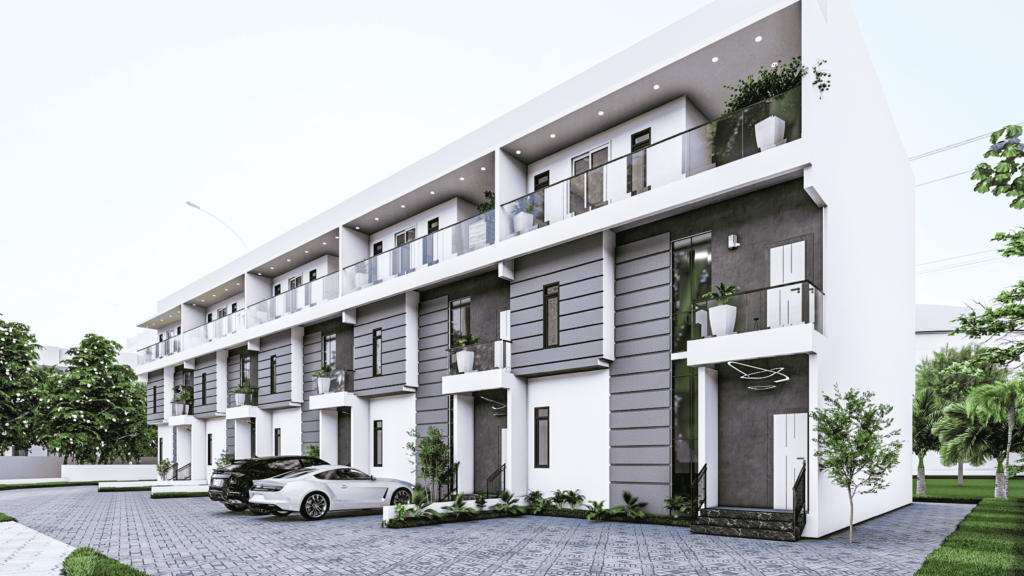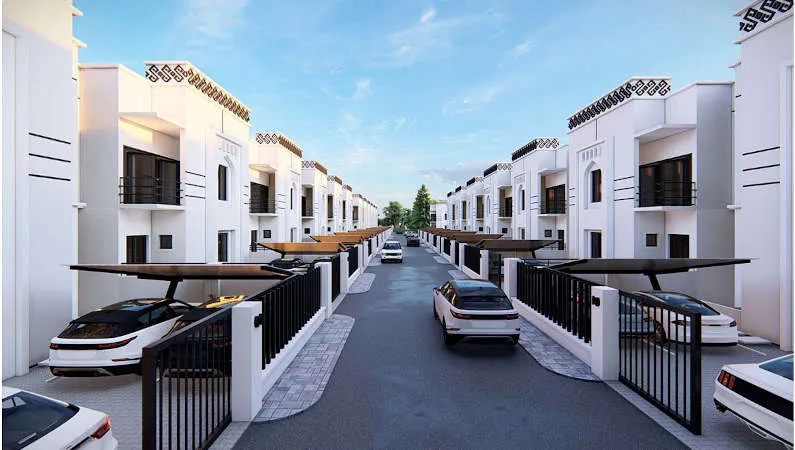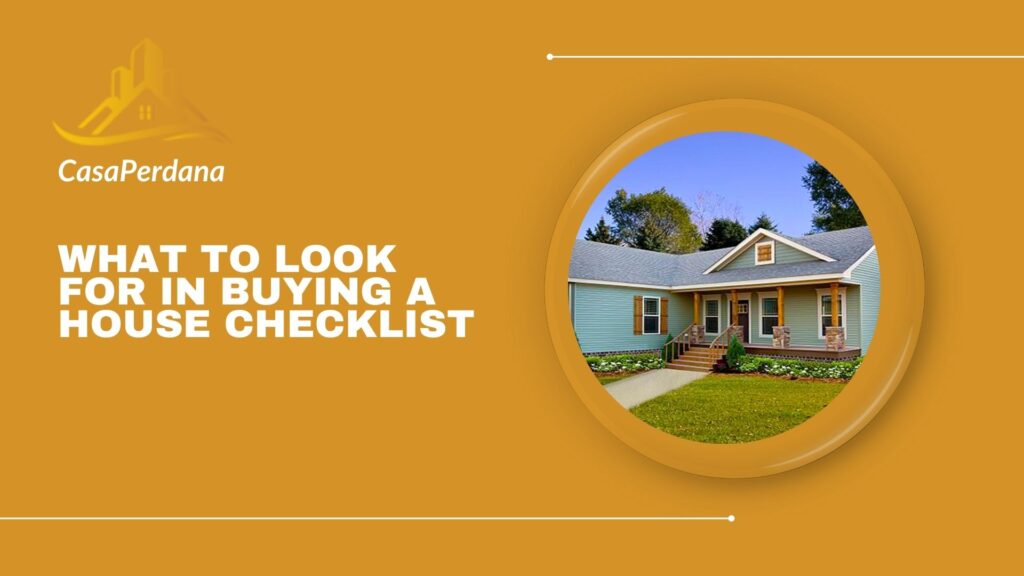Do you know what to look for in buying a house checklist? Join us as we outline what to look for in buying a house checklist.

Buying a house is one of the biggest financial decisions you’ll ever make, so it’s important to approach the process with clarity and confidence. With so many factors to consider, from location and budget to home features and potential repairs, having a solid checklist can help you stay organized and avoid costly mistakes.
A well-thought-out “what to look for in buying a house checklist” acts as a roadmap, guiding you through each step of the homebuying journey. If you’re a first-time buyer or an experienced homeowner, knowing what to prioritize will ensure you choose a property that fits both your lifestyle and your long-term goals.
Here, you’ll get to cover the most important things to evaluate before making an offer, including key questions to ask, red flags to watch for, and practical tips for inspecting a home.
What to Look for in Buying a House Checklist

Here are what to look for in buying a house checklist:
1. Location and Neighborhood
When buying a house, location is everything. A home’s surroundings affect not only your day-to-day lifestyle but also the property’s long-term value. Look for a neighborhood that fits your needs, consider proximity to work, schools, shopping centers, hospitals, and public transportation. Visit the area at different times of day to get a feel for traffic, noise levels, and safety.
Research crime rates and future development plans in the area, as these can affect your property’s value and quality of life. A quiet, well-maintained neighborhood with parks and amenities tends to retain value better. If you have children or plan to start a family, school district ratings will be an important factor. Even if you don’t have kids, good schools boost home value.
Also, consider the home’s lot location within the neighborhood, corner lots, cul-de-sacs, and properties with scenic views often hold higher value. Remember: you can renovate a home, but you can’t change its location. Make sure you’re choosing a spot you’ll love for years to come.
2. Structural Condition and Age of the Home
A beautiful home can hide major issues beneath the surface. That’s why assessing the structural condition of the property is a critical part of your home buying checklist. Look beyond the paint and staging, check the roof, foundation, plumbing, electrical systems, and HVAC units. A thorough home inspection will reveal any red flags such as cracks in the foundation, water damage, mold, or outdated wiring.
Older homes may offer charm and character, but they can also come with higher maintenance costs and the need for updates. On the flip side, newer homes tend to be more energy-efficient and may require fewer immediate repairs. That said, don’t rule out an older home if it has been well maintained or recently renovated.
3. Interior Layout and Space
The layout and space inside the home directly impact how well it fits your lifestyle. Start by considering the number of bedrooms and bathrooms you need. Will your current needs change in the near future? For example, growing families might need extra rooms, while remote workers may want a dedicated office space.
Pay close attention to the floor plan, open-concept layouts are popular for entertaining and modern living, but some people prefer defined, separate rooms for privacy. Walk through the space and imagine your furniture, daily routines, and storage needs. Are the closets, kitchen cabinets, and garage big enough?
Natural lighting and ceiling height can also make a big difference in how spacious a home feels. Be cautious with oddly shaped or poorly planned layouts, which can be difficult to modify. Think about flow, accessibility, and whether renovations would be possible or practical.
Lastly, check the condition of floors, walls, windows, and fixtures. Some cosmetic updates are simple and affordable, but extensive renovations could stretch your budget. A home should not only look good but also function well for your lifestyle.
4. Kitchen and Bathroom Features
Kitchens and bathrooms are among the most-used, and most valuable, areas in a home. They’re also expensive to renovate, so pay close attention to their condition and functionality. Start with the kitchen: Is there enough counter space? Are the appliances modern and energy-efficient? Do the cabinets and storage options meet your needs? A well-designed kitchen makes daily life more enjoyable and adds value to the property.
In the bathrooms, check for water pressure, proper ventilation, and the condition of plumbing fixtures. Look for signs of water damage or mold, especially around showers, tubs, and under sinks. A clean, updated bathroom with quality materials like tile and granite countertops can increase both comfort and resale value.
Also, consider how many bathrooms the home has. One bathroom may suffice for a single person or couple, but larger families often need more. Don’t forget to evaluate the placement, an ensuite bathroom in the master bedroom or a guest bath near the living room can be a major convenience.
These two rooms can make or break a buyer’s decision. Even if you’re okay with updating them later, it’s important to factor renovation costs into your budget before making an offer.
5. Future Resale Value and Investment Potential
Even if you plan to live in your new home for many years, it’s wise to consider resale value and how the property may appreciate over time. Choose a home that holds strong potential for growth based on location, neighborhood trends, school districts, and planned developments nearby.
Look for homes with timeless features, good layout, quality construction, and curb appeal, rather than highly personalized or trendy upgrades. Avoid properties that may be difficult to resell later, such as those on busy roads or with unusual designs.
If you’re buying in an up-and-coming neighborhood, research market trends and talk to a real estate agent about future projections. Homes in areas with increasing demand, job growth, and infrastructure investments often appreciate faster.
Consider features that attract future buyers, ample parking, modern kitchens, energy efficiency, and updated systems. A home with a finished basement, extra room for expansion, or outdoor space may appeal to more buyers when it’s time to sell.
Related Post:




